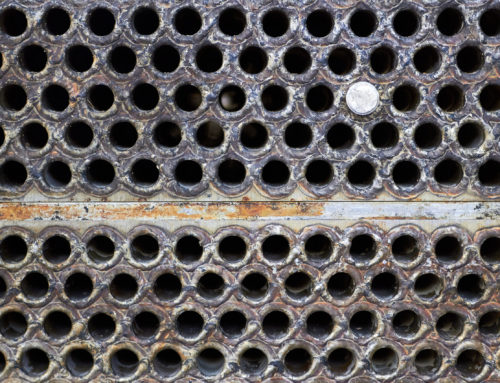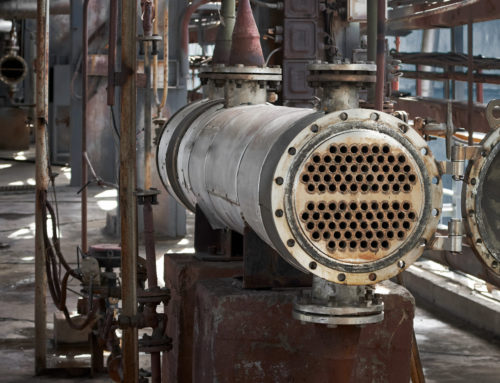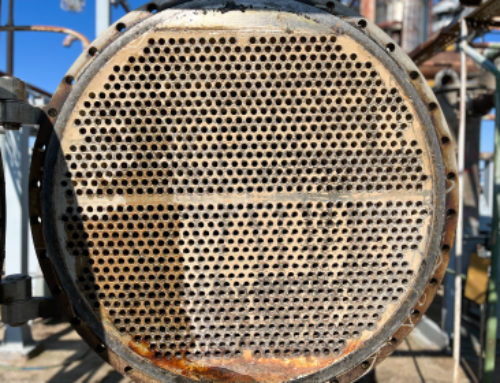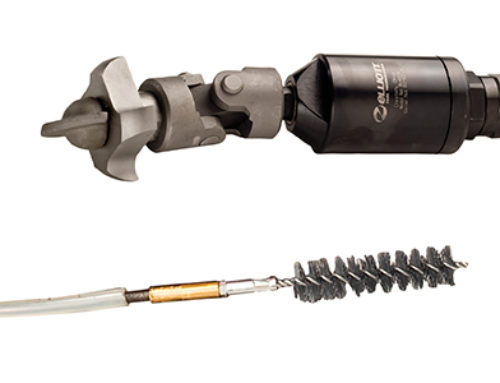How To Select The Correct Rotary Brush
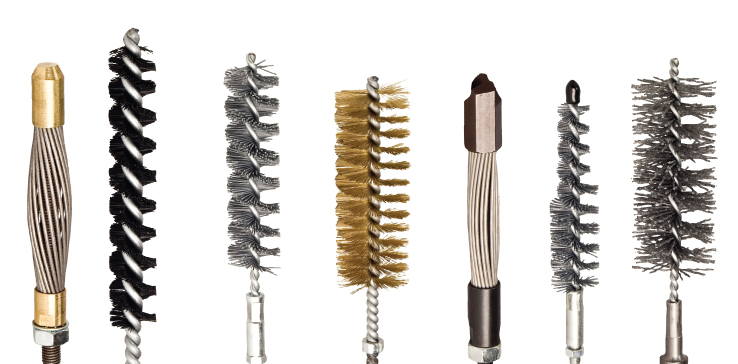
In order for a vessel to function at its optimal energy efficiency, it’s important that tubes are clean. If deposits or scale are present, the energy required to operate the unit increases to maintain the required heat transfer rates. When deposits form, heat transfer efficiencies will decrease and tube walls may be damaged. One of the most common methods for cleaning chillers, condensers, and other heat exchangers are rotary tube cleaners. With several brush styles to choose from, rotary tube cleaners can remove a variety of deposits. To achieve the best cleaning results, it is important to properly size the brush according to the brush style and the deposit being removed.
Light Scale
When removing light scale, a turbo brush may be the best solution. Available in several brush profiles, a turbo brush is unique due to the silicon carbide particles embedded in its bristles. When selecting a turbo brush, it is important to select a brush slightly larger in diameter than your tube ID in order to maximize the cleaning action. By sizing the brush slightly larger than the tube ID, it allows the silicon carbide particles in the bristles to fully come into contact with a larger surface area of the tube wall. This unique feature enhances the cleaning ability of the Turbo brush.
Medium Scale
To remove medium scale deposits from a tube, we recommend the use of a descaler tool used in conjunction with a rotary brush. The descaler tool will remove a majority of the deposit from the tube, thus, allowing a brush to pass through afterwards. The brush will then remove the remaining light deposit particles, as well as, polish the inside of the tube. If you attempt to clean this type of deposit with a brush alone, it may encounter deposit obstructions and not be able to pass through the tube. It is important to first remove a heavy deposit with a descaler tool and follow it by a brush to ensure the tube achieves an optimal level of heat transfer performance.
Mud Deposits
In cases of light mud deposits, a nylon brush would be the best solution. Where the turbo brush needs to be sized larger than the tube ID, a nylon brush should be sized as close to the tube ID as possible. This is because the effectiveness of the nylon brush is in the action of the bristle tips passing across the tube ID. If the brush is oversized, the tips of the bristles will fold over, preventing the brush from cleaning the tube wall properly.
Overall, rotary tube cleaners are a good, economical method for cleaning chillers, condensers, and other types of heat exchangers. Determining the deposit type in your tubes is critical to achieving the maximum cleaning ability of the rotary brush. Once the deposit is determined, selection of the brushes required for the job will be easily achieved. Certain styles of brushes have specific requirements in order to achieve optimal results. Following these tips and tricks will help you regain “like new” heat transfer efficiencies when using a rotary tube cleaner.
Learn more about Elliott’s rotary tube cleaners or contact Elliott Tool or your local support for help selecting the right brush!

